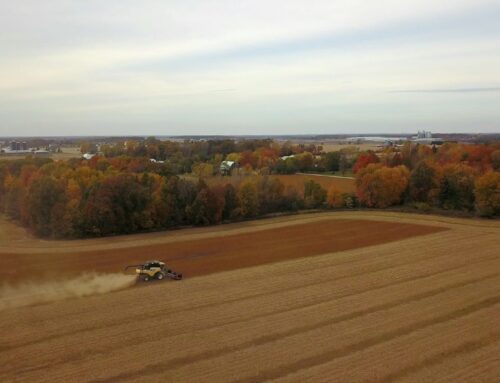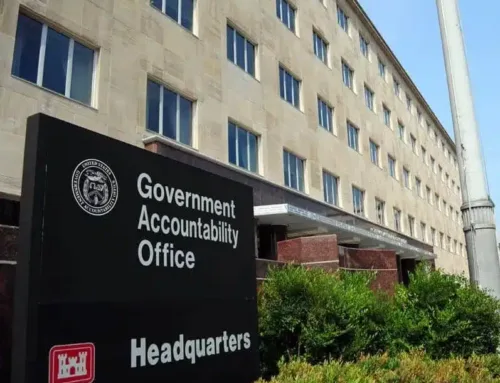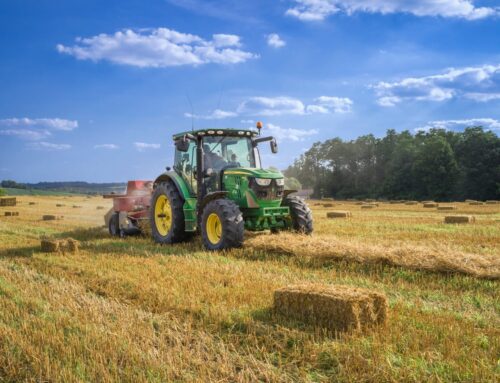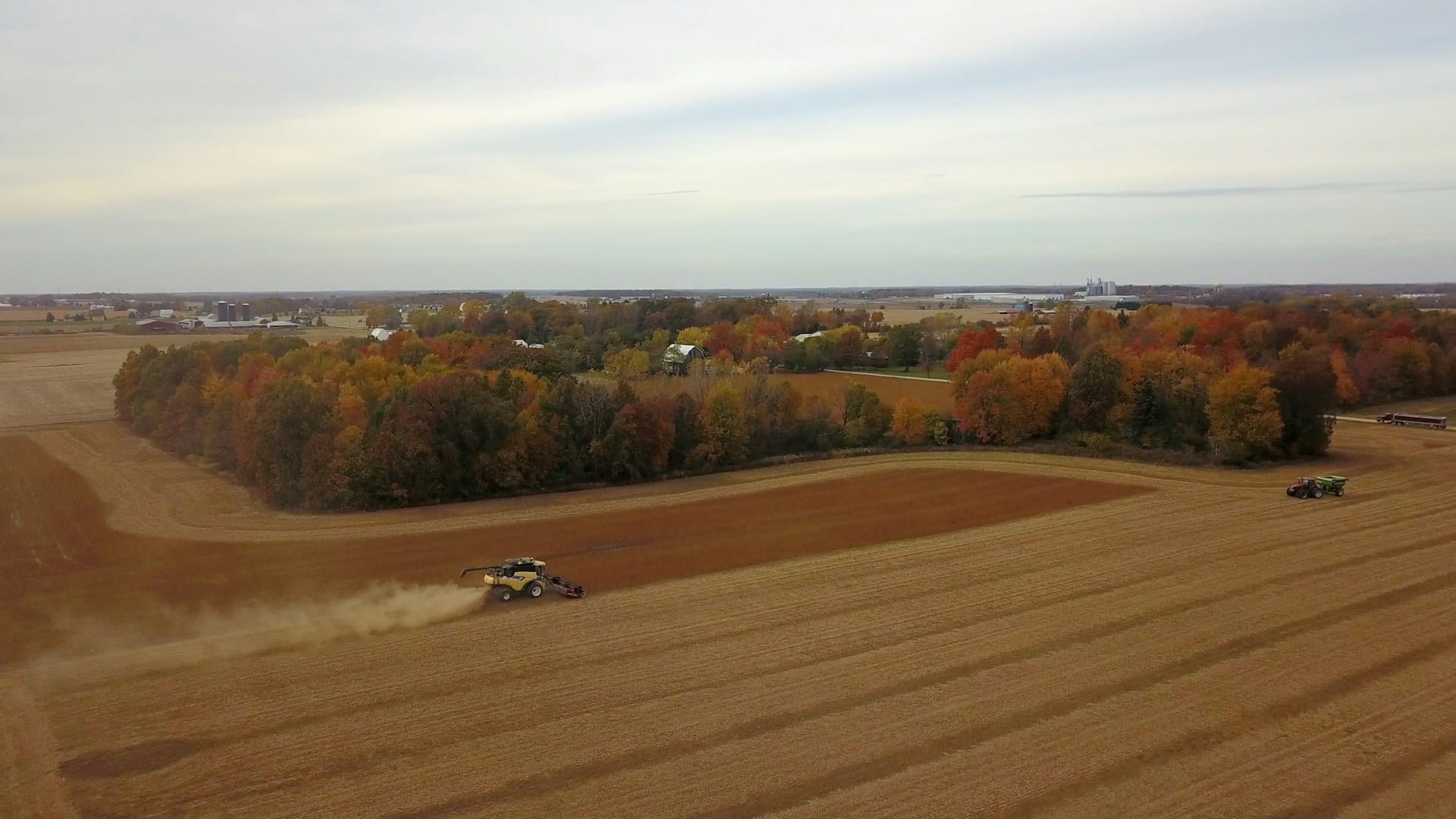On July 27, 2022, Senate Democrats released a new version of a FY22 budget reconciliation bill. Previous versions increased investments in agricultural conservation programs, and added spending to various wildfire, bioenergy, and other programs as well. The latest version includes nearly $20 billion of added investments in farm bill authorized conservation programs such as the Environmental Quality Incentives Program (EQIP), the Conservation Stewardship Program (CSP), Agricultural Conservation Easement Program (ACEP), and Regional Conservation Partnership Program (RCPP). Added investments for technical assistance, which assist agricultural producers in identifying and adopting cost-saving and risk-reducing conservation practices such as cover crops, no-till, and rotational grazing, are included as well.
For an overview of added ag conservation investments in the reconciliation bill, please see this chart:
| Increased Agricultural Conservation Program Investments in Inflation Reduction Act of 2022 | ||||
| EQIP | CSP | ACEP | RCPP (* funding declined in final Senate passed bill by $1.8B) | |
| FY23 | $250,000,000 | $250,000,000 | $100,000,000 | $250,000,000 |
| FY24 | 1,750,000,000 | $500,000,000 | $200,000,000 | $800,000,000 |
| FY25 | $3,000,000,000 | $1,000,000,000 | $500,000,000 | $1,500,000,000 |
| FY26 | $3,450,000,000 | $1,500,000,000 | $600,000,000 | $2,400,000,000 |
| Total | $8,450,000,000 | $3,250,000,000 | $1,400,000,000 | $4,950,000,000 |
| Grand Total | (Senate-passed bill = $18.05 billion) but previous version of IRA was $19.85 billion | |||
Increasing spending on agricultural conservation programs makes sense, if done in the right way. As we previously recommended, investments should be prioritized toward areas with the greatest resource needs while improving water and soil quality, climate, and other public benefits. These taxpayer dollars should be targeted toward the practices that help farmers and ranchers while delivering taxpayers the biggest bang for their buck instead of subsidizing routine business costs such as waste-cleanup from confined animal feeding operations, for instance. The bill includes smart investments and some common sense reforms. For more detail, please see our analysis.
That’s the good news. The bad news is other added spending in the bill will work at cross purposes with conservation and climate goals. Increased spending on bioenergy will do more harm than good for the climate, environment, and taxpayers. It will incentivize the use of wood and food/feed crops (such as corn and soybeans) for energy and fuel. Experts have linked bioenergy subsidies to everything from market distortions and increased greenhouse gas (GHG) emissions to higher fuel and food prices.
Finally, for the added ag conservation spending in the Inflation Reduction Act of 2022 to do any good for taxpayers, farmers, consumers, and the climate/environment in the future, Congress must reform farm subsidy programs. This includes commodity, crop insurance, shallow loss, and other subsidies that primarily subsidize a handful of crops, pushing up land prices, incentivizing producers to plant on risky and marginal land, among other impacts. Crop insurance subsidy reform was the topic of a webinar yesterday hosted by the National Sustainable Agriculture Coalition (NSAC). TCS’s Josh Sewell presented on the panel alongside a NE farmer and Montana State University’s Dr. Eric Belasco. Josh said any future federal spending must be focused, fiscally responsible, and foster resilience instead of dependence on taxpayer subsidies. This applies to currently unlimited crop insurance subsidies, which cost taxpayers $8-9 billion each year. Without reform of programs like these, progress on climate/conservation will be undercut.










Get Social